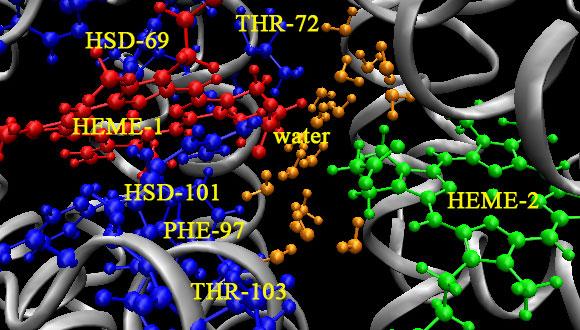Chemical Physics Seminar: Shear-induced transitions in passive and active polar liquid crystals: A novel shear-elongation parameter
Dr. Tomer Markovich, Department of Applied Mathematics and Theoretical Physics, University of Cambridge, UK
Abstract:
Molecular polar order usually originates from ferroelectric/magnetic interactions. This was realized in molecular dynamics simulations of interacting dipolar spheres in the last few decades but was seen only under narrow experimental conditions. Hence, it was not thoroughly investigated as other liquid crystalline phases. Recently, it has been discovered that suspensions of magnetic platelets in nematic liquid crystals show polar order at room temperature. Furthermore, polar order is ubiquitous in biology, and can be seen in animal herds, cell migration, swimming bacteria, the cytoskeletal etc. The hydrodynamic theory of polar liquid crystals is thus widely used to describe biological active fluids as well as passive molecular materials. Depending on the ‘shear-alignment parameter’, in passive or weakly active polar fluids under external shear the polar order parameter is either inclined to the flow at a fixed (Leslie) angle or rotates continuously. Here we study the role of an additional ‘shear-elongation parameter’ that has been neglected in the recent literature and causes the magnitude of the order parameter to change under flow. We show that this effect can give rise to a shear-induced first order phase transition from isotropic to polar, and significantly change the rheological properties of both active and passive polar fluids.


